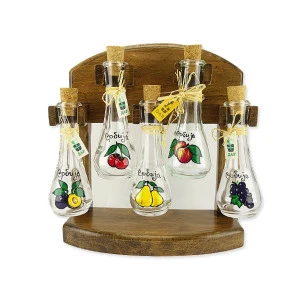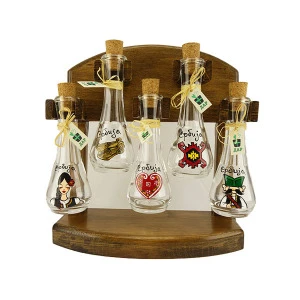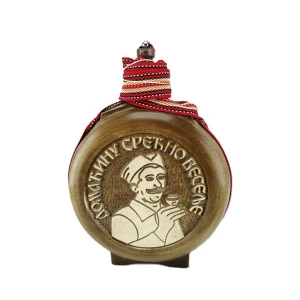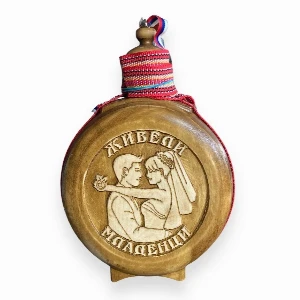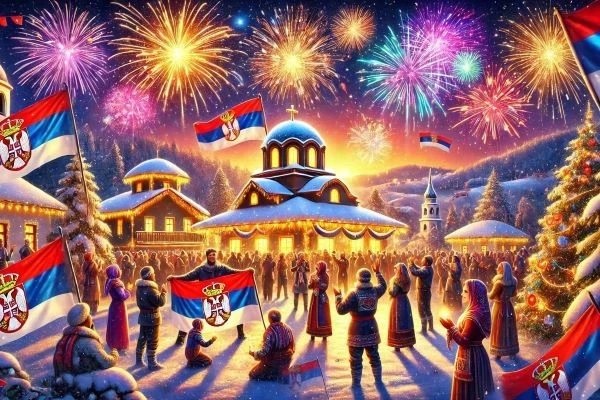MEET ZRENJANIN
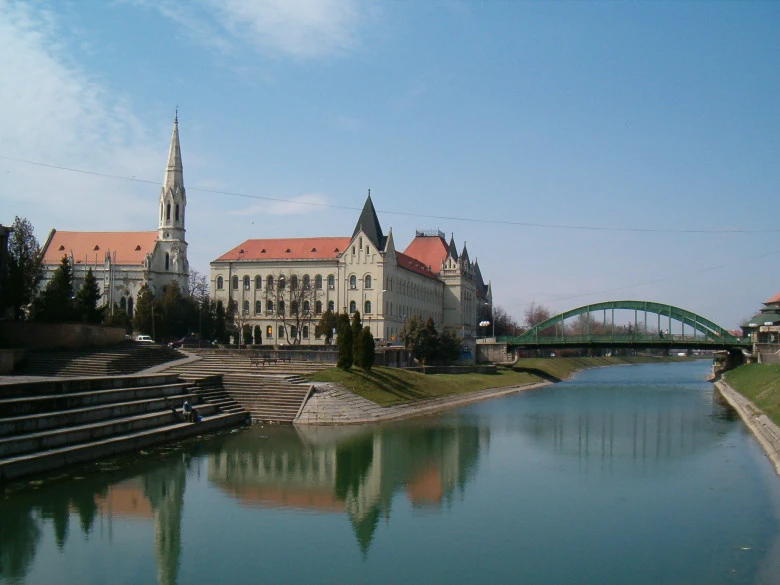
If the road takes you to Banat, do not miss the famous "Beckerek". Today known as Zrenjanin, it is a comprehensive crossroads of cultures and different socio-political systems.
Take a few moments and let's go for a walk through Zrenjanin
The history of Zrenjanin dates back to the 14th century
Everyone knows that most places in Serbia have not always been called by their current name. So, what was the name of Zrenjanin?
As far back as 1326, the name Beckerek appears in the writings, a settlement built on three islands of the river Begej. The site says that there used to be an Avar-Slovenian ring in this area. After that, this place fell into the possession of the noble family of Vienna.
At the beginning of the 15th century, the Hungarian king handed over Beckerek to the Serbian despot Stefan Lazarevic. After the Beckerec Fortress was built, this place was inhabited by Serbs, Germans, Romanians, Italians, French, and even Catalans. Hence the name "New Barcelona".
Serbian influence visibly strengthened during the 19th century
Beckerek became a trade center back in 1769, when its trade and cultural development began. Unfortunately, in 1807, the city experienced a catastrophic fire and floods in 1816 and 1838, which significantly damaged the historical records of the city.
The beginnings of the development of Zrenjanin as we know it are in the first half of the 19th century.
The first Gymnasium was opened in 1846, while the first printing house was opened in 1847.
As Beckerek was under the strong influence of Austria-Hungary, it is not surprising that the people in that place were constantly striving for supremacy. Thus, in January 1849, this place became the seat of "Serbian Vojvodina", under the presidency of Patriarch Josif Rajačić, and in 1866, the first political program called "Beckerečki program" was adopted in this town on Begej.
Already at the end of 1891, there were two Orthodox churches in this city, and about 7,000 Serbs with about 1,200 houses.
After the Second World War, the city experienced economic prosperity
After 1918, the question of the name of this town on Begej, in the Serbian language, was raised. Thus, in 1935, the state authorities decided to name the city Petrovgrad after King Peter.
Somewhat later, more precisely in 1946, Zrenjanin was named after the national hero Žarko Zrenjanin Uča.
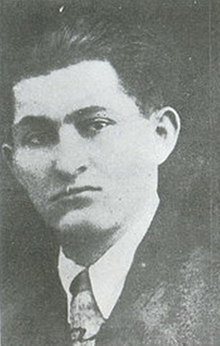
Even today, Zrenjanin is a place of clash of cultures and peoples. The pedestrian zone is full of beautiful Art Nouveau buildings, while the architectural material is mixed with socialist buildings.
Zrenjanin is full of historical and religious heritage that you must get to know
In Ecka is the Serbian Orthodox Church of St. Nicholas, with a wooden tower, built in 1711. It represents the oldest Orthodox church in Banat and Vojvodina. In addition to it, the Church of the Assumption from 1746, as well as the Church of the Presentation of the Most Holy Mother of God from 1777, match in age.
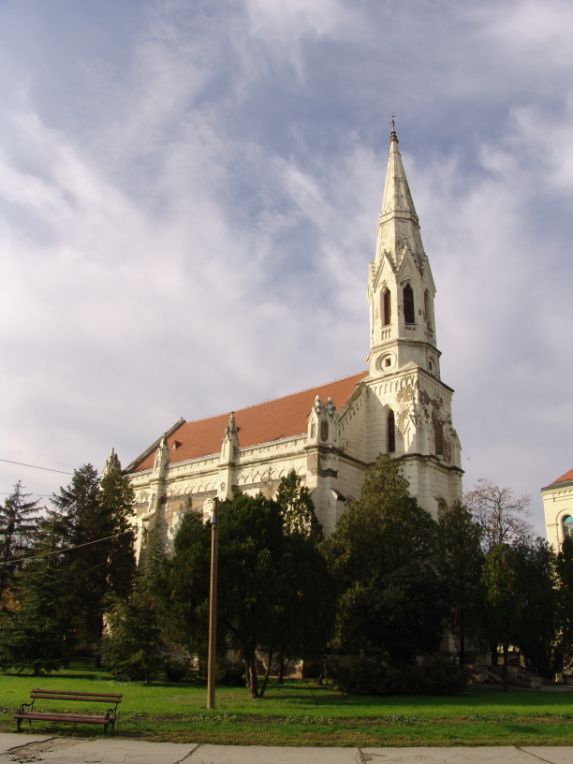
Trg Slobode in Zrenjanin - an unavoidable monument and guardian of the city's history
On Freedom Square there is a famous monument to King Peter whose name the city bore. Although they did not want to return the name Petrograd, the people of Zranjan preserved the monument and left the name Zrenjanin as a memory of the communist Zarko Zrenjanin, who is originally from Izbiste near Deliblato Sands.
.jpg)
Visit the City Hall
Behind the monument is the Town Hall, which has been the center of Banat since 1816 and a beautiful baroque building. Even today, it is the administrative seat of Banat.
Right next to the Contemporary Gallery is the National Museum and it is definitely worth a visit. In addition to the beautiful collection of the city's history, special attention should be paid to the legacies.
There is no end to the attractions - meet the "Bridge without a river"
The river Begej was "cut" in Zrenjanin in 1985 and consists of three lakes. Due to that, the Hanging Pedestrian Bridge, which was on the water, remained "dry" and is a real tourist attraction. Unfortunately, it is closed to tourists, for security reasons.
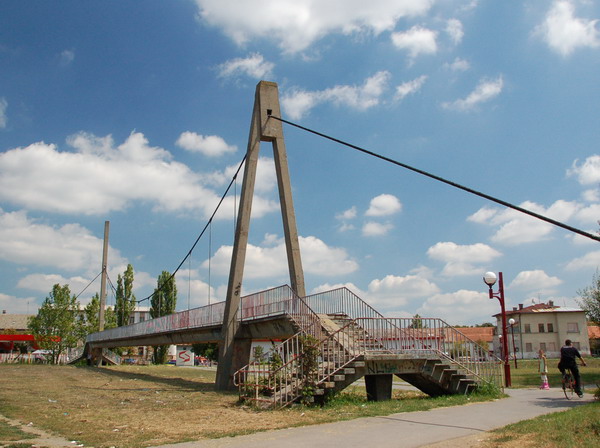
Zrenjanin and tourism - an oasis of peace for nature lovers
The basis for the development of excursion tourism in the vicinity of Zrenjanin is the locality Lukino Selo - Ečka, which abounds in tourist and natural offers. Fantastic special nature reserve "Stari Begej - Carska bara", well-known fishpond "Ečka", cultural and historical monuments of Ečka, Art Colony, all these are tourist locations that make Zrenjanin even richer.

The fact that the nature reserve "Stari Begej - Carska bara" is really the pearl of Zrenjanin speaks about the fact that there are protected species of birds and butterflies here, which can be seen in their natural environment.
Interesting facts
That Zrenjanin is not only known for its natural resources and historical and political changes, is also shown by the fact that there is a really special village in its surroundings.
Namely, as the winners of Olympic medals, volleyball players Nikola and Vladimir Grbić, as well as basketball player Dejan Bodiroga, come from the village of Klek near Zrenjanin, this village bears the epithet "Olympic Village".
If you liked the text, follow our blog for many more interesting things. And don't forget, SerbianShop is a click away from you.
Related products
Read also
Who was Saint Sava and what was his contribution?
"Saint Sava: A Beloved Serbian Saint with a Rich Legacy and Cultural Significance"
…Serbian New Year: Tradition, Customs and How to Celebrate it
The Serbian New Year, also known as the Orthodox New Year, is celebrated on…
Gifts Inspired by Serbian Culture: Authentic Ideas for the Holidays
The holidays are a time of giving, and finding the perfect gift is often a challenge.…
Traditional Serbian Christmas Customs: How to Cultivate Them in Modern Times?
Christmas is the most joyous holiday in Orthodox Christianity, a time when families…
How to Bring the Spirit of Orthodox Tradition into Your Home This Winter?
Winter is the perfect time to bring warmth, togetherness and the spirit of Orthodox…
Serbian Souvenirs: Perfect New Year's Gifts for All Tastes
New Year is the time of giving, and what is more beautiful than a gift that…
How to stay productive and not waste an entire day on Black Friday shopping
Black Friday is a day full of amazing discounts, but it can easily become exhausting…
Folk Beliefs and Customs for Saint Aranđel - Assembly of Holy Angels
Saint Michael the Archangel, who is celebrated…
Folk Beliefs and Customs for Đurđić - Glory of St. George
Đurđić, the feast of St. George, celebrated on November 16, is one of the most…
Smart shopper's guide: How to make the most of Black Friday
Black Friday is the most famous shopping event of the year that offers huge…
The history of Black Friday: How it all began and why it continues
Black Friday, known as the biggest discount day of the year, today attracts…
Gifts for Children in the Diaspora: How to Nurture the Connection with the Language, Culture and Tradition of Serbia
Children who grow up in the diaspora face specific challenges - they lose contact…

Apply for newsletter
Sign up for the Serbianshop newsletter and get a 10% discount.


